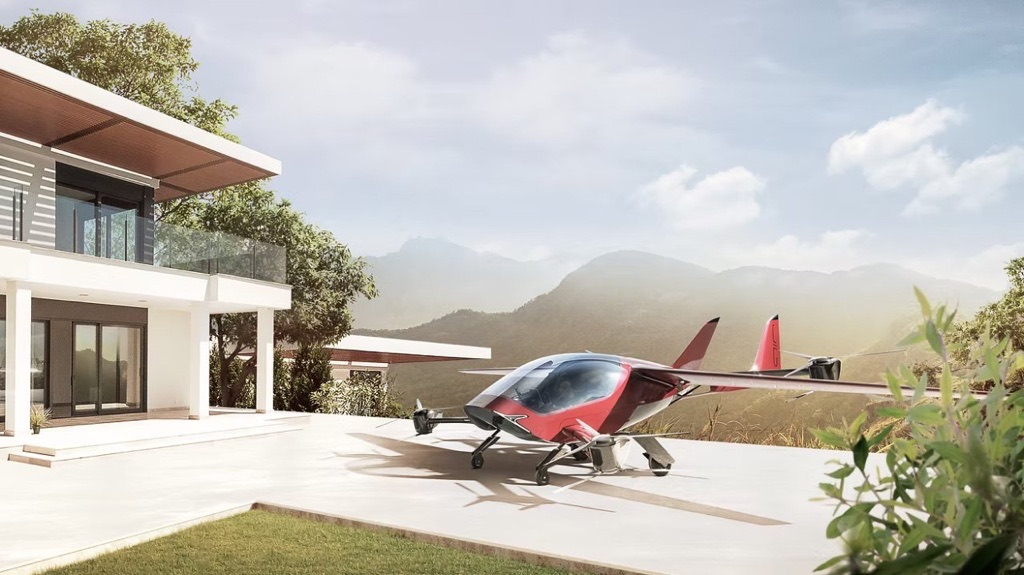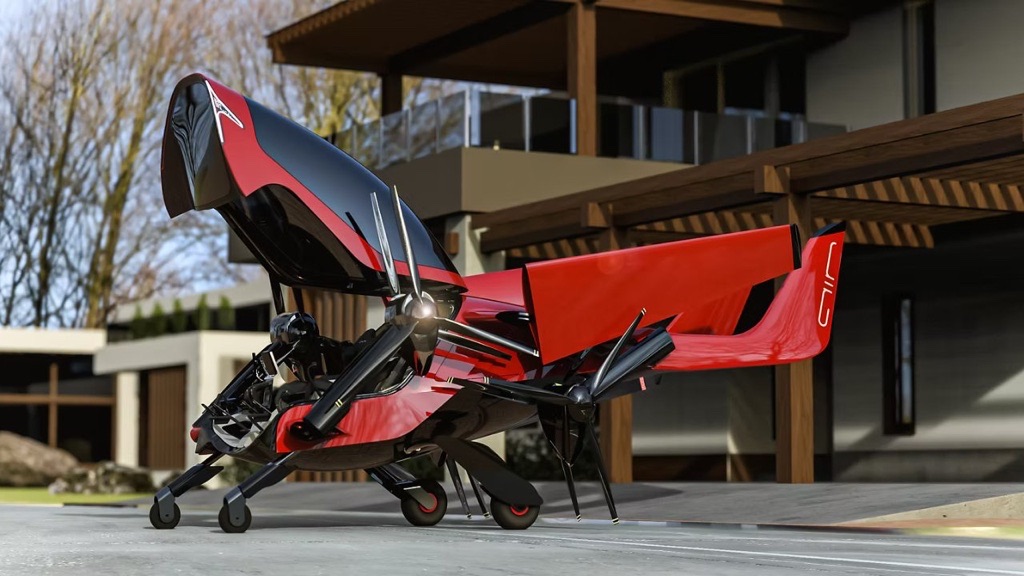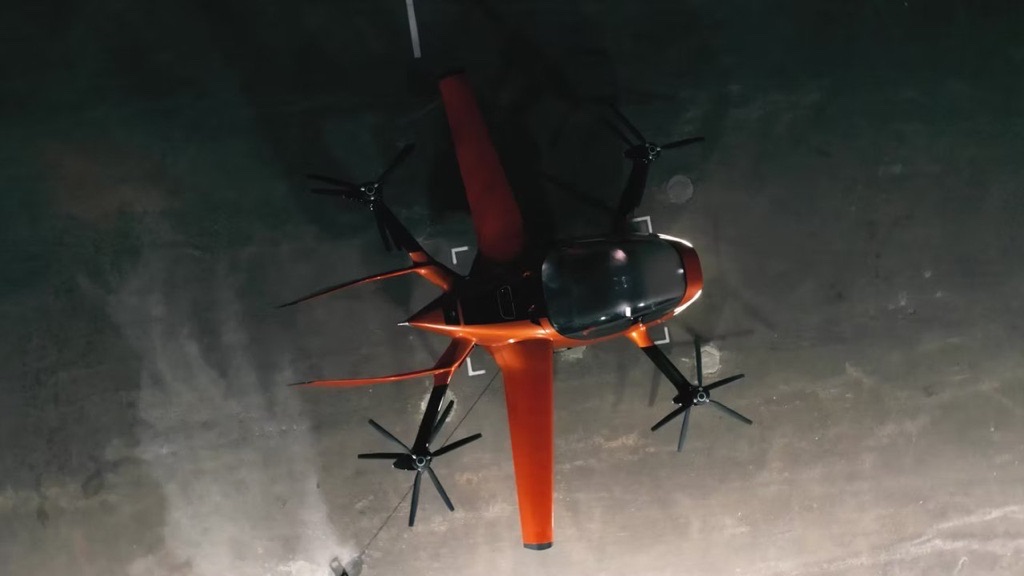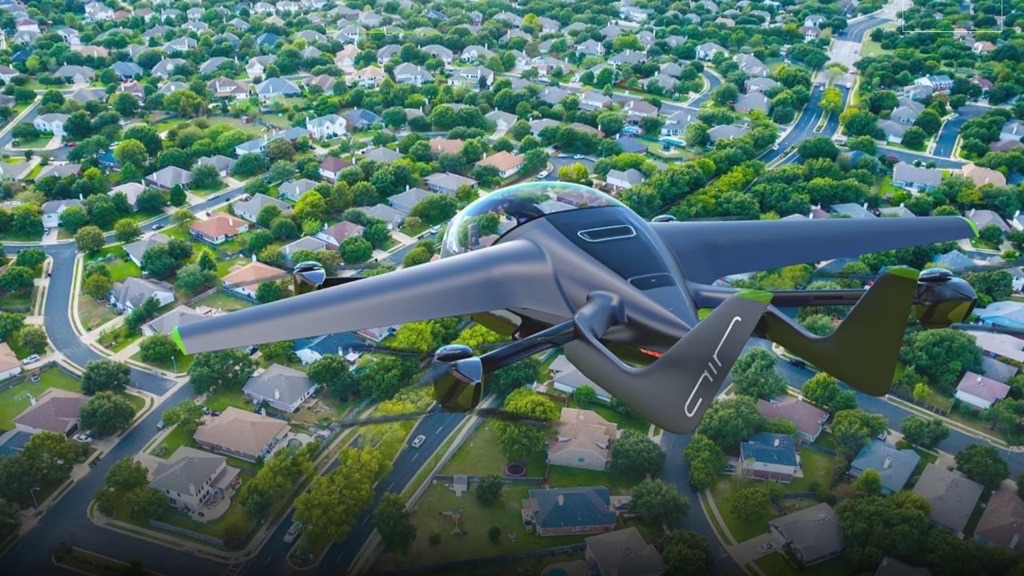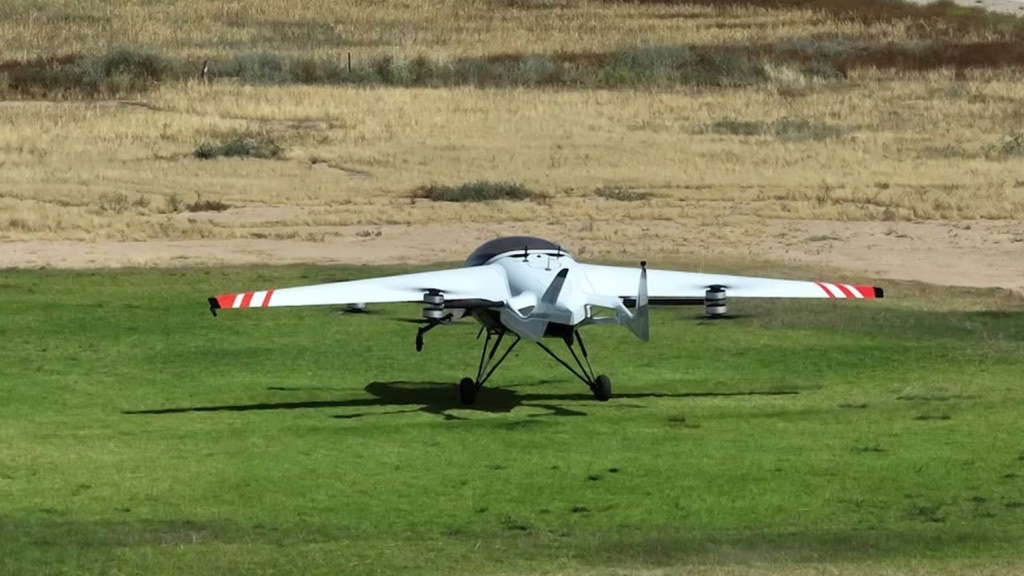From Sci-Fi Fantasy to Garage Reality — The Future of Personal Air Travel Is Almost Here
For decades, we’ve been promised flying cars — in movies, tech fairs, and the fever dreams of every engineer with too much coffee.
And yet, they never quite arrived. Until now.
Meet the AIR One, a personal electric Vertical Take-Off and Landing (eVTOL) aircraft from Israel that’s actually real, flight-tested, and already sold out for its first production run.
It’s sleek, all-electric, fits in your driveway (sort of), and might just turn your rush-hour nightmare into a sci-fi dream come true.
🛩️ What Is the AIR One?
The AIR One is a two-seat personal flying vehicle built for short-distance commutes.
Developed by Israeli startup AIR, with engineering support from Germany’s EDAG, it combines the spirit of a sports car with the practicality of a small aircraft.
Think of it as a Tesla that grew wings — and learned to hover.
⚙️ AIR One — Technical Specifications
| Specification | AIR One |
|---|---|
| Type | 2-seat electric eVTOL aircraft |
| Top Speed | 155 mph (250 km/h) |
| Range | 110 miles (177 km) |
| Flight Time | Up to 1 hour |
| Battery | Multi-redundant electric system |
| Charging Time | 1 hour (0-100%) / 30 min (20-80%) |
| Payload | 550 lbs (250 kg) |
| Dimensions | 19.2 ft (length) / 23 ft (wingspan, foldable) |
| Price | $150,000 |
| Structure | Aluminum frame (by EDAG) |
| Seats | 2 (pilot + passenger) |
That’s not concept art — those are real numbers from a real aircraft that’s already been flight-tested.
🧠 Built With a Touch of German Madness
If you’ve ever seen EDAG’s designs, you know they’re not afraid to think weird.
These are the people who once built a sports car with a pop-up camper tent and a six-wheeled robotic pod.
So when EDAG teamed up with AIR, something delightfully wild was bound to happen — and it did.
Their collaboration turned the AIR One from a clever drone into a certified piece of flying art.
The lightweight aluminum airframe, the redundant propulsion system, and the folding wings are all classic EDAG touches — bold, clever, and slightly unhinged in the best way possible.
⚡ Performance & Practical Use
The AIR One isn’t just for showing off at tech expos — it’s designed for daily commuting.
It can:
-
Take off vertically like a drone
-
Fly up to 155 mph for one hour
-
Carry two adults + luggage (550 lbs)
-
Fold its wings for easy parking
With an electric battery system featuring quadruple redundancy, it can still fly safely even if several rotors fail — something most aircraft can’t boast.
🔋 Charging & Power
Charging the AIR One is refreshingly practical:
-
Full charge (0–100%): ~1 hour
-
Quick top-up (20–80%): ~30 minutes
That’s about the same as charging a top-tier electric car.
You can literally land, plug it in, grab a coffee, and take off again before your espresso cools down.
💰 Price, Availability & Demand
With a starting price of $150,000, the AIR One sits between a luxury car and a light aircraft.
That’s not cheap — but given the zero fuel cost, low maintenance, and no traffic, the math starts to look interesting.
And here’s the kicker:
The first production run is already sold out.
Buyers are lining up, proving there’s a real appetite for personal electric aircraft — not just from billionaires, but from forward-thinking early adopters who want the skies for themselves.
🌍 The Future of Personal Flight
AIR’s founders say the goal isn’t to build toys for the rich — it’s to democratize personal flight.
With vertical take-off capability, short range, and easy operation, the AIR One could become the daily commuter of the near future.
It’s small enough for suburban garages, fast enough to make cross-city hops, and simple enough for non-pilots to learn with a light sport aircraft license.
✅ Safety & Certification
The AIR One includes:
-
Eight rotors for maximum lift and control
-
Quadruple redundancy in power systems
-
Automated flight stabilization
-
Parachute system for emergency descent
-
EDAG-engineered aluminum structure tested for durability
Certification with international aviation regulators (including FAA and EASA) is currently underway, with first deliveries expected in 2026.
✈️ Key Features at a Glance
| Feature | Benefit |
|---|---|
| Foldable wings | Easy storage and transport |
| Two seats | Bring a passenger or extra cargo |
| One-hour flight time | Ideal for city-to-suburb commutes |
| Fast charging | Minimal downtime |
| Advanced safety | Built-in redundancies and emergency systems |
| Real production model | Already flight-tested and pre-sold |
⚖️ AIR One vs. Traditional Aircraft
| Category | AIR One | Light Plane |
|---|---|---|
| Fuel Type | Electric | Gasoline |
| Maintenance | Low | High |
| Noise Level | Quiet | Loud |
| Take-Off Space | Vertical | Runway required |
| Pilot License | Light Sport | Full Private Pilot |
| Charging / Refueling | 1 hour | 15–30 min fuel |
| Environmental Impact | Zero Emissions | CO₂ Intensive |
💬 FAQ
🛫 When will the AIR One be available?
Deliveries are expected to begin in 2026, pending flight certification.
💰 How much does it cost?
Around $150,000, with the first production run already sold out.
🔋 How long can it fly?
Up to one hour, covering 110 miles on a full charge.
👨✈️ Do I need a license?
Yes — a Light Sport Aircraft License (LSA) is required.
⚡ How long does charging take?
Approximately 1 hour for a full charge, or 30 minutes for an 80% top-up.
🚀 Final Thoughts
The AIR One might just be the first flying car that actually works — real, tested, and nearly ready for take-off.
With Israeli innovation, German engineering, and a dash of sci-fi charm, it’s a glimpse at a future where “commuting” no longer means driving.
The future of transportation isn’t on the road anymore — it’s hovering just above it.

